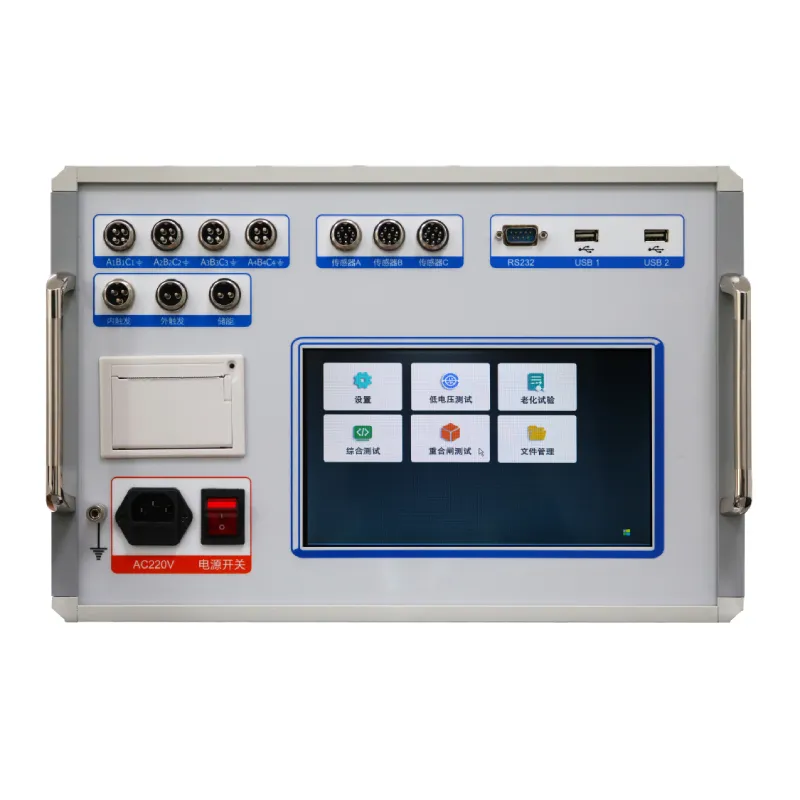 English
English



-
 Afrikaans
Afrikaans -
 Albanian
Albanian -
 Amharic
Amharic -
 Arabic
Arabic -
 Armenian
Armenian -
 Azerbaijani
Azerbaijani -
 Basque
Basque -
 Belarusian
Belarusian -
 Bengali
Bengali -
 Bosnian
Bosnian -
 Bulgarian
Bulgarian -
 Catalan
Catalan -
 Cebuano
Cebuano -
 China
China -
 China (Taiwan)
China (Taiwan) -
 Corsican
Corsican -
 Croatian
Croatian -
 Czech
Czech -
 Danish
Danish -
 Dutch
Dutch -
 English
English -
 Esperanto
Esperanto -
 Estonian
Estonian -
 Finnish
Finnish -
 French
French -
 Frisian
Frisian -
 Galician
Galician -
 Georgian
Georgian -
 German
German -
 Greek
Greek -
 Gujarati
Gujarati -
 Haitian Creole
Haitian Creole -
 hausa
hausa -
 hawaiian
hawaiian -
 Hebrew
Hebrew -
 Hindi
Hindi -
 Miao
Miao -
 Hungarian
Hungarian -
 Icelandic
Icelandic -
 igbo
igbo -
 Indonesian
Indonesian -
 irish
irish -
 Italian
Italian -
 Japanese
Japanese -
 Javanese
Javanese -
 Kannada
Kannada -
 kazakh
kazakh -
 Khmer
Khmer -
 Rwandese
Rwandese -
 Korean
Korean -
 Kurdish
Kurdish -
 Kyrgyz
Kyrgyz -
 Lao
Lao -
 Latin
Latin -
 Latvian
Latvian -
 Lithuanian
Lithuanian -
 Luxembourgish
Luxembourgish -
 Macedonian
Macedonian -
 Malgashi
Malgashi -
 Malay
Malay -
 Malayalam
Malayalam -
 Maltese
Maltese -
 Maori
Maori -
 Marathi
Marathi -
 Mongolian
Mongolian -
 Myanmar
Myanmar -
 Nepali
Nepali -
 Norwegian
Norwegian -
 Norwegian
Norwegian -
 Occitan
Occitan -
 Pashto
Pashto -
 Persian
Persian -
 Polish
Polish -
 Portuguese
Portuguese -
 Punjabi
Punjabi -
 Romanian
Romanian -
 Russian
Russian -
 Samoan
Samoan -
 Scottish Gaelic
Scottish Gaelic -
 Serbian
Serbian -
 Sesotho
Sesotho -
 Shona
Shona -
 Sindhi
Sindhi -
 Sinhala
Sinhala -
 Slovak
Slovak -
 Slovenian
Slovenian -
 Somali
Somali -
 Spanish
Spanish -
 Sundanese
Sundanese -
 Swahili
Swahili -
 Swedish
Swedish -
 Tagalog
Tagalog -
 Tajik
Tajik -
 Tamil
Tamil -
 Tatar
Tatar -
 Telugu
Telugu -
 Thai
Thai -
 Turkish
Turkish -
 Turkmen
Turkmen -
 Ukrainian
Ukrainian -
 Urdu
Urdu -
 Uighur
Uighur -
 Uzbek
Uzbek -
 Vietnamese
Vietnamese -
 Welsh
Welsh -
 Bantu
Bantu -
 Yiddish
Yiddish -
 Yoruba
Yoruba -
 Zulu
Zulu
short circuit withstand test of transformer
Short Circuit Withstand Test of Transformers
Transformers are critical components in electrical power systems, serving to step up or step down voltage levels in order to facilitate the efficient transmission and distribution of electrical energy. One of the key tests performed to evaluate the durability and reliability of transformers is the short circuit withstand test. This test aims to simulate fault conditions and assess the transformer's ability to withstand the mechanical and thermal stresses that result from a short circuit.
Purpose of the Short Circuit Withstand Test
The primary objective of the short circuit withstand test is to verify that the transformer can endure the forces and heat generated during a short circuit scenario without experiencing catastrophic failure. Transformers are subjected to high currents during faults, which can lead to significant mechanical stress on the windings and associated structural components. The test ensures that design, construction, and materials used in the transformer can support these extreme conditions for a specified duration.
Test Procedure
The short circuit withstand test is conducted by intentionally creating a short circuit in the secondary winding of the transformer. This is typically accomplished by connecting the terminals of the secondary winding directly together, which then allows the primary winding to be energized. The current flow is carefully monitored as it typically reaches values that are several times greater than the normal operational current.
During the test, several parameters are observed, including the maximum current value, the time duration of the test, temperature rise in the transformer, and any deformation of the windings. It is important to ensure that the test is carried out in accordance with relevant standards, such as those outlined by the International Electrotechnical Commission (IEC) or the American National Standards Institute (ANSI).
short circuit withstand test of transformer

Key Considerations
When preparing for the short circuit withstand test, several factors must be taken into consideration. First, proper safety protocols should be enforced, as the high currents involved can pose serious risks to personnel and equipment. Additionally, adequate protective equipment must be in place to handle potential hazards.
Another critical aspect is the cooling requirements for the transformer during the test. The high currents can lead to rapid heating, and thus effective cooling methods should be employed to prevent thermal overload. The test duration is also crucial; it must be long enough to verify withstand capability without compromising the structural integrity of the transformer.
Results Analysis
After the completion of the test, the transformer is examined for any signs of damage. Insulation resistance tests, winding resistance measurements, and visual inspections are conducted to assess the condition of the windings and insulation materials. The transformer must meet specific criteria to pass the test, which typically includes no significant deformation or damage that would impair its operational functionality.
Conclusion
The short circuit withstand test is an essential evaluation in the lifecycle of a transformer, reinforcing its reliability and safety in real-world applications. By simulating fault conditions and assessing performance under extreme circumstances, this test provides valuable insights into the durability and robustness of transformer designs. Ensuring that transformers can withstand short circuit conditions not only protects the equipment itself but also contributes to the overall security and efficiency of electrical power systems. In an era where electrical demand continues to rise, such testing and evaluations are crucial for maintaining reliable energy infrastructures.
-
Exploring the Main Types of Industrial Endoscopes and Their Applications Across IndustriesNewsJul.04,2025
-
Testing Equipment Industry Sees Major Advancements in 2025: Smart & Precision Technologies Lead the WayNewsJun.06,2025
-
Applications of Direct Current Generators in Renewable Energy SystemsNewsJun.05,2025
-
Hipot Tester Calibration and Accuracy GuidelinesNewsJun.05,2025
-
Digital Circuit Breaker Analyzer Features and BenefitsNewsJun.05,2025
-
Benefits of Real-Time Power Quality Monitoring Devices for Industrial EfficiencyNewsJun.05,2025



